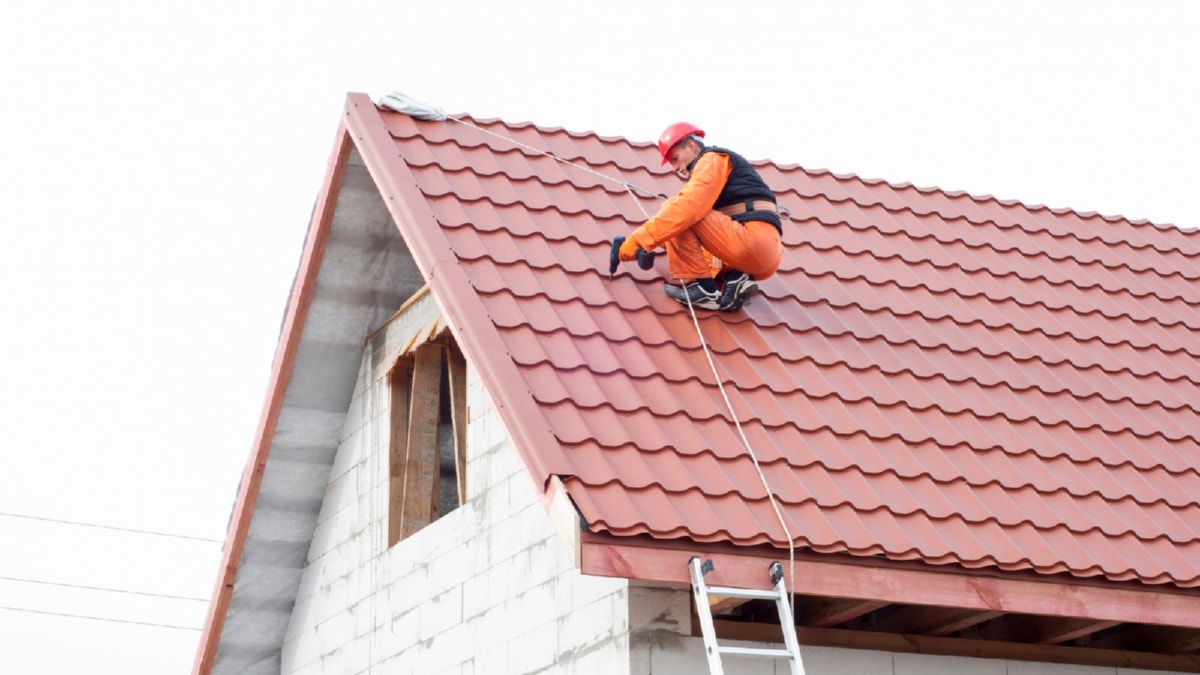The evolution of the construction industry has always been driven by the desire to enhance efficiency, improve safety, and reduce environmental impact. In recent years, this has led to significant advancements in green building techniques, revolutionizing the industry and setting new standards in sustainable construction.
Green building techniques are methods and practices that are environmentally responsible and resource-efficient throughout a building’s life-cycle, from planning to design, construction, operation, maintenance, renovation, and demolition. These techniques are not a new concept; however, the sheer pace of innovation and technological advancement in this field is truly remarkable.
One of the most critical advancements in green building techniques is the extensive use of Building Information Modelling (BIM). BIM allows architects, engineers, and construction professionals to plan, design, construct, and manage buildings more efficiently. By creating detailed 3D models, BIM can help in evaluating energy performance and identifying potential energy-saving opportunities even before the construction begins. This helps in making informed decisions regarding the use of energy-efficient materials and technologies, leading to significant reductions in energy consumption and CO2 emissions.
Another revolutionary green building technique is the use of renewable energy sources. Solar panels, wind turbines, and geothermal systems are becoming increasingly common in new constructions. Not only do these systems provide clean, renewable energy, but they also reduce the reliance on fossil fuels and decrease the building’s carbon footprint.
In addition to renewable energy, there is an increasing emphasis on energy efficiency in green building techniques. High-performance glazing, advanced insulation, and energy-efficient appliances and systems are becoming standard in new constructions. These features significantly reduce energy consumption, leading to lower utility bills and a lesser environmental impact.
Water conservation is also a key element of green building techniques. Rainwater harvesting systems, greywater recycling, and water-efficient fixtures are becoming increasingly common in new constructions. These systems not only conserve water but also reduce the strain on municipal water supplies.
The use of sustainable materials is another critical aspect of green building techniques. This includes the use of recycled and recyclable materials, locally sourced materials, and low-VOC (Volatile Organic Compounds) products. By using these materials, the construction industry can significantly reduce its environmental impact and promote sustainable practices.
Lastly, green building techniques are increasingly focusing on creating healthier indoor environments. This includes the use of non-toxic materials, improved ventilation, and natural light to enhance indoor air quality and overall well-being of the occupants.
In conclusion, the advancements in green building techniques are revolutionizing the construction industry. By focusing on sustainability, energy efficiency, and environmental responsibility, these techniques are not only changing the way buildings are designed and constructed but also how they are operated and maintained. As we move forward, green building techniques will continue to evolve and improve, setting new standards in sustainable construction. This is not just a trend, but a fundamental shift in the construction industry that is here to stay.
For more details, check best masonry services or visit their business listing here.



